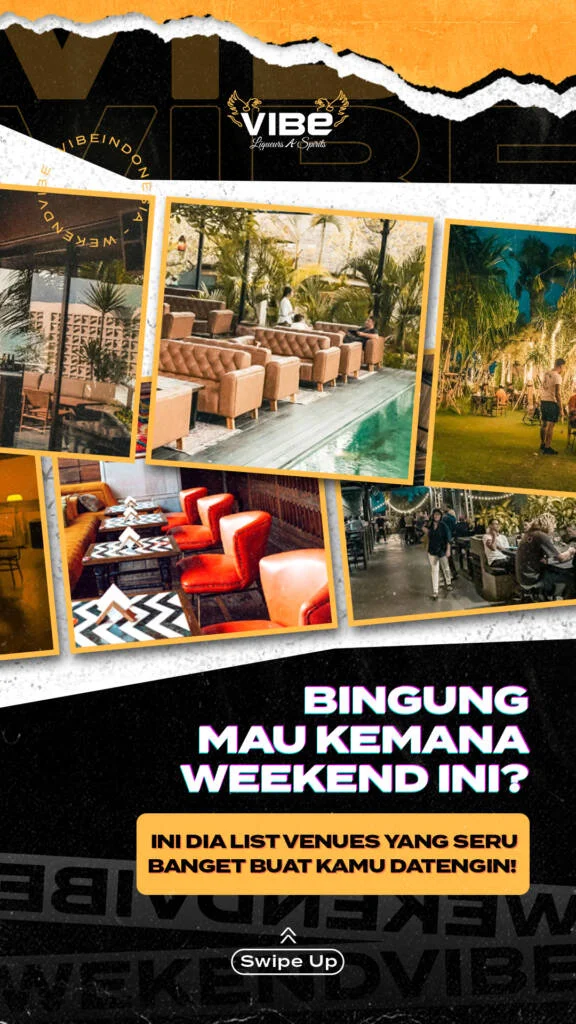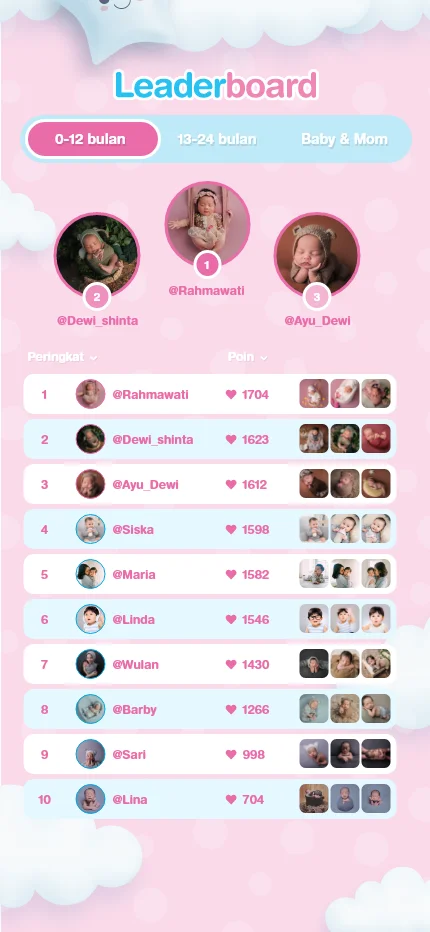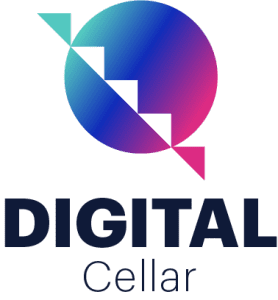In today’s fast-evolving digital landscape, Instagram, TikTok, and YouTube dominate the social media ecosystem as powerful platforms for video content. Each platform caters to different demographics, engagement patterns, and content preferences, meaning brands must develop tailored strategies to capture audience attention and drive meaningful engagement.
This comprehensive guide, with insights from Michael Shareef, founder of The Digital Cellar, explores how brands can leverage the unique strengths of each platform to optimise their presence and ensure success in 2024.
Instagram: The Visual Storytelling Powerhouse
Instagram has evolved far beyond its origins as a simple photo-sharing app. Today, it offers multiple content formats like Reels, Stories, and shopping features, making it ideal for brands looking to combine visual storytelling with commerce.
Understanding Instagram’s Audience
Instagram’s primary user base consists of 18-34-year-olds, mostly Millennials and Gen Z, with disposable incomes. This demographic is highly engaged with industries like fashion, beauty, lifestyle, and travel. Brands that excel on Instagram produce visually appealing and aspirational content.
Michael Shareef emphasises that Instagram is perfect for brands that want to use visual storytelling to convey their identity. “Instagram rewards brands that can marry aesthetics with engagement,” he says.
Instagram Content Strategy: Polished and Professional



Instagram thrives on high-quality visuals. Whether using Reels, Stories, or static posts, brands must invest in professional-looking content. While Reels can now extend up to 15 minutes, short-form content (under 90 seconds) tends to generate the most engagement.
Key Content Tactics:
1. Leverage Reels for Reach: Reels are Instagram’s most favored content type by the algorithm, making them essential for brands looking to expand their reach.
2. Interactive Stories: Using polls, quizzes, and stickers in Instagram Stories boosts engagement and creates an ongoing dialogue between the brand and its audience.
3. Shopping Integration: Instagram’s shoppable posts and Checkout allow seamless transitions from discovery to purchase.
Engagement Metrics: Beyond Likes
While likes and comments are still important, saves are now a key metric for long-term visibility. Content that users save for later signals to Instagram’s algorithm that it’s valuable, increasing its chances of being promoted.
“Saves are a stamp of approval from your audience,” explains Shareef. “When users save your content, it signals value, giving your brand more organic reach over time.”
TikTok: The Viral Trendsetter
TikTok has become a cultural force and the go-to platform for viral content. Unlike Instagram’s curated, polished visuals, TikTok celebrates raw, authentic user-generated content. Its For You Page (FYP) can make any video go viral, offering brands a valuable opportunity for mass exposure.
TikTok’s Audience: Gen Z and Beyond
While TikTok’s core audience is Gen Z (ages 13-24), Millennials and Gen X are increasingly adopting the platform. TikTok’s users prioritise authenticity, humour, and spontaneity, preferring content that feels real and relatable rather than overly polished. This has democratised the platform, enabling smaller creators and brands with minimal production budgets to achieve success.
Michael Shareef says, “Brands need to loosen up a bit on TikTok. It’s not about perfection; it’s about joining the conversation. If your content looks too staged, it stands out negatively.”
Engaging With Gen Z
Gen Z craves authenticity and engages with brands that feel genuine. They prefer two-way conversations with brands, rather than being targeted by traditional advertising. TikTok’s format encourages brands to participate in trending challenges, use popular sounds, and engage with social commentary in a casual, relatable way.
TikTok Content Preferences: Short, Relatable, and Engaging
TikTok initially gained popularity for its short-form videos (15-60 seconds), though it now allows videos up to 10 minutes. Despite the expanded video length, short-form content remains the most engaging and viral.
Key Strategies for TikTok Content Creation:
1. Leverage Trends and Challenges: Brands should participate in viral challenges and incorporate memes and trending sounds to stay relevant.
2. Prioritise Relatability Over Polish: Raw, behind-the-scenes footage works best on TikTok. Authentic, unscripted content is more likely to resonate with the audience.
3. Encourage User-Generated Content (UGC): TikTok users love to participate in creating content around brands. Encouraging UGC can help build community and drive organic engagement.
TikTok’s Algorithm: Prioritising Discovery
Unlike Instagram, TikTok’s algorithm focuses on discovery. The For You Page (FYP) showcases content based on user interests, even if the account doesn’t have a large following. This allows brands to reach new audiences organically.
Michael Shareef points out, “TikTok’s ability to promote unknown accounts through the FYP means a brand can go viral with just one great post, but it must grab attention in the first few seconds.”
YouTube: The Long-Form Video Leader and AI-Driven Creativity
YouTube continues to dominate the long-form video space, attracting users who seek in-depth tutorials, vlogs, and explainer videos. The platform is also at the forefront of AI-driven content creation, making it an essential tool for brands and creators alike.
YouTube’s Audience: A Wide and Engaged Demographic
YouTube’s audience spans Gen Z, Millennials, and Gen X, offering a unique platform for educational content, entertainment, and product demos.
Michael Shareef explains, “YouTube provides brands with an opportunity to engage with users actively seeking information. Whether it’s product demos or storytelling, YouTube’s audience is willing to invest time in longer videos.”
The Power of Long-Form Video on YouTube
While platforms like TikTok and Instagram thrive on short-form content, YouTube excels at long-form storytelling. Brands can use this to their advantage by creating in-depth content that builds brand loyalty and trust.
Shareef notes, “YouTube allows brands to dive deep into their stories. It’s where you build relationships and provide valuable content that resonates with the audience.”
The Rise of AI-Generated Music and Video Content on YouTube
YouTube is investing in AI-driven tools to enhance video production. Innovations like Dream Track for Shorts enable creators to produce personalised music with minimal effort, making content creation more accessible and scalable.
“AI tools are changing the game for content creators,” says Shareef. “Brands can now produce high-quality videos quickly and experiment with new formats to engage their audience.”
YouTube Shorts: Competing with TikTok and Instagram Reels
In response to the rise of short-form videos, YouTube introduced YouTube Shorts to capture attention in under 60 seconds. Brands can use Shorts as a teaser for longer content or to showcase snackable videos that fit within a broader strategy.
“YouTube Shorts can serve as a gateway to your more in-depth content,” says Shareef. “It grabs attention quickly, then directs users to longer videos for more detailed information.”
Building a Robust YouTube Strategy: AI, Long-Form Video, and SEO
YouTube’s dominance in long-form video combined with its AI advancements makes it essential for brands aiming to produce scalable content.
Key Strategies for YouTube:
1. Leverage AI Tools: Use AI-generated music and video tools to streamline content creation.
2. Focus on Long-Form Storytelling: Build emotional connections with in-depth content that educates and entertains.
3. Optimise for SEO: Ensure video titles, descriptions, and tags are optimised for search to improve discoverability.
Conclusion: Leveraging the Unique Strengths of Instagram, TikTok, and YouTube
In 2024, Instagram, TikTok, and YouTube each offer unique opportunities for brands. Instagram excels at polished, visual storytelling, TikTok thrives on viral, authentic content, and YouTube remains the leader in long-form video and AI-driven creativity. By understanding the strengths and engagement patterns of each platform, brands can craft tailored strategies to maximise reach, engagement, and conversions.
Michael Shareef concludes, “Success in 2024 requires brands to be adaptable. You need to know where your audience is and how they engage with content, then tailor your approach accordingly.”
By investing in the right platform strategies—whether it’s mastering Instagram’s Reels, leveraging TikTok’s trends, or exploring YouTube’s AI tools—brands can stay ahead of the competition and thrive in an ever-evolving digital landscape.




